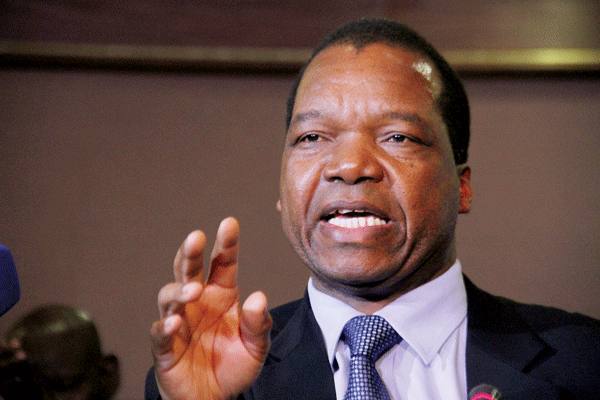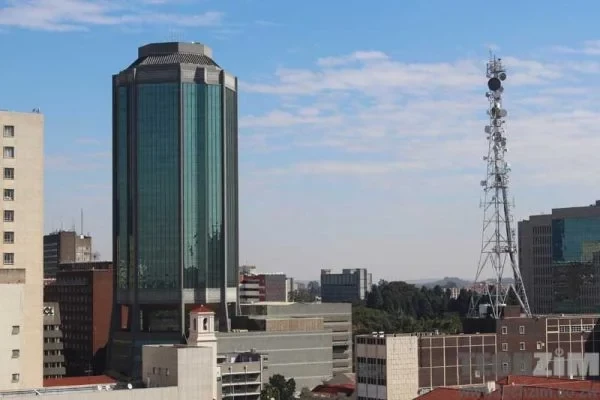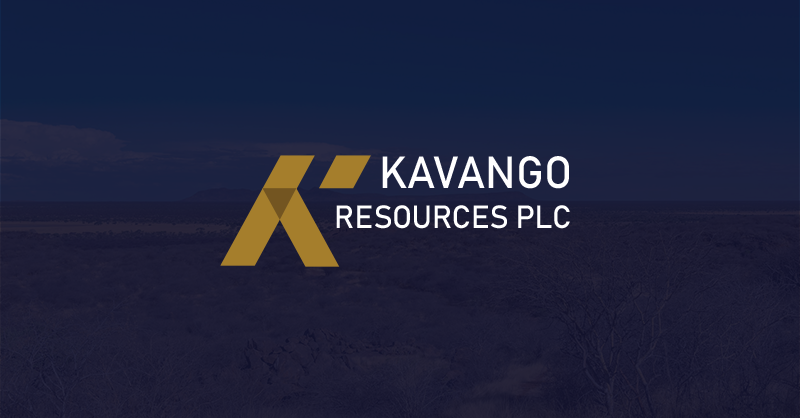
TATIRA ZWINOIRA ZIMBABWE’S mining industry is losing 20% of its local currency indexed revenue due to a tough retention regime that compels operators to surrender forex to the central bank, according to the Chamber of Mines of Zimbabwe (CoMZ).
Under the contentious surrender requirements, operators are compelled to retain 60% of their export proceeds in foreign currency.
The remainder is paid in Zimbabwe dollars at the official exchange rate.
The policy applied to most exporters, but RBZ governor John Mangudya reviewed surrender requirements for some industries in his Monetary Policy Statement (MPS) last week, allowing the tourism industry to retain all its forex earnings.
CoMZ chief economist, Monetary Policy Statement , who spoke during this week’s post-MPS review organised by the Zimbabwe Independent and the Bankers Association of Zimbabwe, said the state of affairs in the industry required similar reviews to save mines.
“Mining companies are losing at least 20% of gross revenue, and this is akin to a foreign exchange tax being levied on mining companies,” Chitsuro said.
“Obviously the impact is on viability as their revenues will not be able to match costs,” he added.
He said many companies providing services to the industry were indexing their prices to black market rates, even after accessing cheaper United State dollars on the forex auction system.
- Chamisa under fire over US$120K donation
- Mavhunga puts DeMbare into Chibuku quarterfinals
- Pension funds bet on Cabora Bassa oilfields
- Councils defy govt fire tender directive
Keep Reading
Black market rates have advanced significantly since January, reaching US$1:ZW$240 currently, against an official exchange rate of US$1:ZW$120.
“Costs are priced at premiums of more than the parallel market rates. What is worrying is that some suppliers who are accessing forex on the auction market are charging prices that don’t reflect the source of the foreign currency. The exorbitant local prices and the increasing demand for payment in US dollars for local inputs and some statutory obligations have resulted in mining companies building up significant local currency cash balances that they are struggling to utilise,” added Chitsuro.
Mineral exports grew by 38,4% to US$5 billion last year, according to the Ministry of Finance.
Revenues had ended at US$3,65 billion in 2020.
The mining industry wants retention thresholds to be relaxed to help them complete several expansion projects under a plan rolled out about three years ago to lift mineral revenue to US$12 billion per annum by 2023.
The US$5 billion was a huge leap from about US$2 billion during the previous year.
But miners say with a more hospitable operating environment, operators can transform the sector into a US$12 billion industry in a few years.
“The upward review of foreign exchange retention and export incentives for selected sectors of the economy is a clear demonstration of the foregoing. The measures, in our view, go a long way in providing the sectors in foreign currency capacity to fund their operational requirements,” Chitsuro said.
“Our hope is that these measures will be extended to other sectors including the mining industry, which were not considered in the recently announced measures. Mining companies require adequate forex to meet operational requirements and for the procurement of equipment for their expansion projects,” he said.
Chitsuro commended the government for allowing a portion of royalties, taxes and levies to be paid in Zimbabwe dollars.
Government announced the measures last month to give relief to exporters including those in the mining sector.
Mangudya acknowledged the critical role played by the mining sector.
“The mining sector has been the cash cow in terms of foreign currency receipts for this economy at nearly US$5,2 billion thereabout in terms of exports for 2021 and again that was the highest ever recorded in this country,” he said, responding to Chitsuro.
“Most of that amount was used for purposes of financing the auction system. We also take the point of a loss of value due to the 40% sale of foreign currency at the auction rate, yet, the price pertaining on the market or the price being quoted is the parallel exchange rate. That is one of the reasons why we have been promoting and wanting to ensure that we have greater use of our local currency. How will that help with the mining sector? If their payments, which are also at official exchange rates, are done in local currency it means that we will find a home for the 40% liquidation that the miner would have received. So, it’s a question of deployment of this local currency and that is why we need to have greater use for this local currency,” he said.











